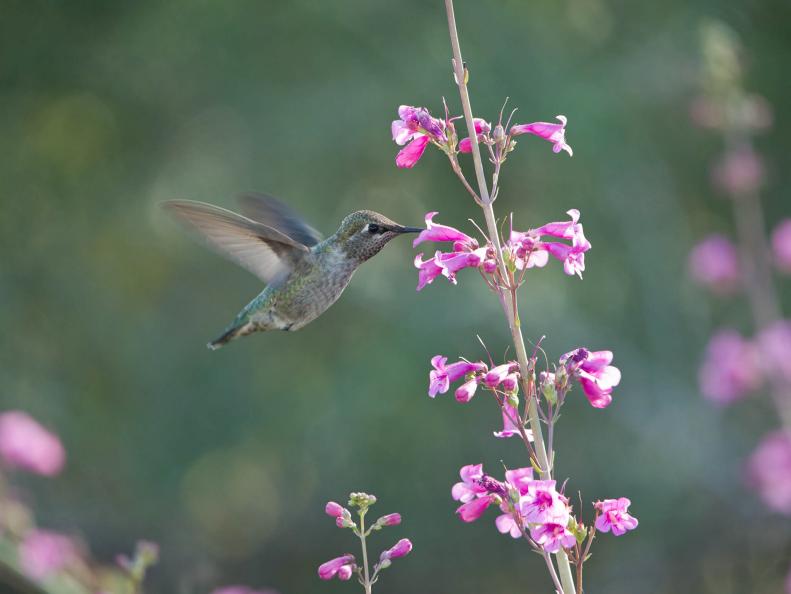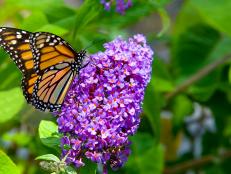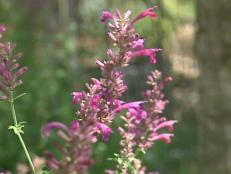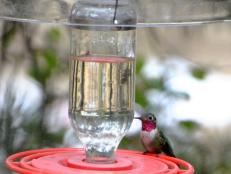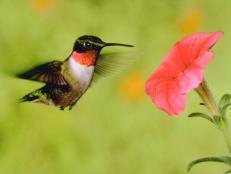Plant These Flowers for Hummingbirds in Your Garden
It's a real treat when hummingbirds visit the garden, zipping about for a meal of nectar or insects. Hummingbirds get most of their food in the form of nectar, either from flowers or the hummingbird feeders hanging in our gardens. Including nectar-rich flowers that attract hummingbirds in your garden plan will entice more of these winged wonders.
Penstemon, also known as beardtongue, has everything that makes an ideal hummingbird flower: long, tubular blooms (the shape is hard for insects to sip nectar from but easy for hummingbirds), sweet nectar and a flower spike filled with lots of little blossoms. Penstemon grows best in sandy or gravelly soil with little fertilizer. These are perennials, with varieties hardy from Zones 3-9. Check out the following flowers that hummingbirds love for more options for your garden.






